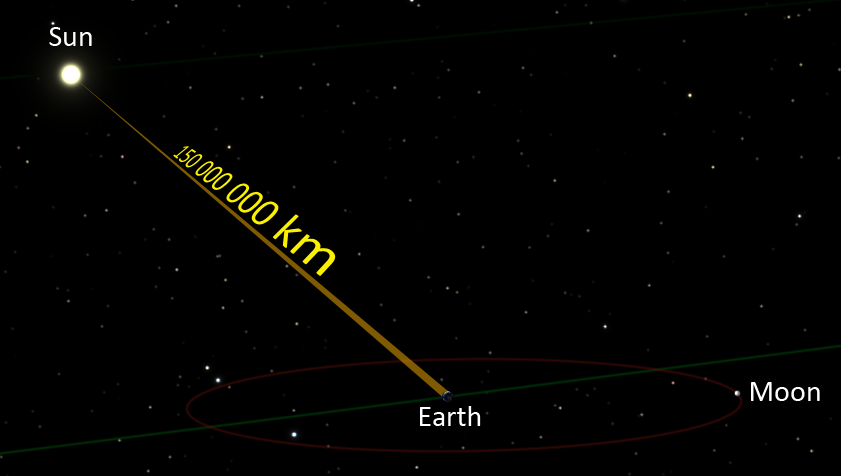How Fast is Light?

Published on March 12, 2024
The phenomenon of light has fascinated scientists, philosophers, and laypersons alike for centuries. Its speed, a fundamental constant in the realm of physics, underpins our understanding of the universe and governs the laws that define space and time. In this article, we will explore the speed of light, its implications for science and technology, and the methods by which its value has been ascertained. The discussion aims to provide a comprehensive overview of this paramount physical constant, illuminating its significance in a formal and informative tone.
Here are the facts:
- The speed of light in a vacuum is precisely 299,792 kilometers per second (km/s), which is about 186,282 miles per second.
- The speed of light is constant and invariant across all observers, regardless of their motion.
- Light slows down when passing through mediums like water, glass, or air due to interactions with the atoms in the medium.
- The constancy of the speed of light has profound implications for our understanding of the universe, serving as the cosmic speed limit.
The Speed of Light: A Constant of Nature

The speed of light in a vacuum is precisely 299,792 kilometers per second (km/s), equivalent to about 186,282 miles per second. This speed is often denoted by the symbol c. It is a fundamental constant of nature that appears in various physical laws, including those of electromagnetism, quantum mechanics, and Einstein's theory of relativity. The constancy of the speed of light across all observers, regardless of their relative motion, forms a cornerstone of modern physics, particularly the theory of special relativity.
Measuring the Speed of Light: A Historical Overview
The endeavor to measure the speed of light has a rich history, dating back to ancient civilizations, although precise measurement eluded scientists until the 17th century. The first significant attempt was made by Danish astronomer Ole Rømer in 1676, who, by observing the moons of Jupiter, deduced that light must have a finite speed. However, it wasn't until the 19th and 20th centuries that more accurate methods were developed. One notable example is the Fizeau-Foucault apparatus, which used rotating mirrors to measure the time light took to travel a known distance. In the modern era, the speed of light has been measured with extraordinary precision using laser interferometry and atomic clocks, leading to its current accepted value.
Implications of the Speed of Light
The constancy and invariance of the speed of light have profound implications for our understanding of the universe. It serves as the cosmic speed limit, the ultimate speed at which information and matter can travel. This limitation is not merely a theoretical curiosity but has practical implications for technologies such as GPS and satellite communication, which require precise knowledge of light speed for accurate operation.
Furthermore, the speed of light is integral to Einstein's theory of relativity, which revolutionized our understanding of space, time, and gravity. It implies that as objects move closer to the speed of light, they experience time dilation and length contraction, effects that, while negligible at everyday speeds, become significant at relativistic velocities.
The Speed of Light in Different Mediums

While the speed of light in a vacuum is a universal constant, light slows down when it passes through a medium like water, glass, or air due to the interaction between the light photons and the atoms in the medium. This slowing is described by the medium's refractive index, which is the ratio of the speed of light in a vacuum to its speed in the medium. This phenomenon underlies many optical technologies, including lenses, fiber optics, and telescopes, enabling the manipulation of light for various scientific, commercial, and technological applications.
The Takeaway
The speed of light is a fundamental constant that underpins much of modern physics and affects various aspects of our daily lives, from the technologies we use to our basic understanding of the universe. The pursuit to measure and understand the speed of light has led to significant scientific advancements and continues to challenge our perceptions of space and time. As we delve deeper into the mysteries of the universe, the speed of light remains a beacon of inquiry, guiding our exploration of the cosmic and the quantum realms alike.
In summarizing the importance of the speed of light, it is not just a number but a key to unlocking the secrets of the universe. Its constancy and implications for relativity, quantum mechanics, and the very fabric of space-time continue to inspire awe and curiosity. As science advances, the speed of light will undoubtedly continue to be a central theme in our quest for knowledge, symbolizing the relentless pursuit of understanding that drives humanity forward.
Category: Science